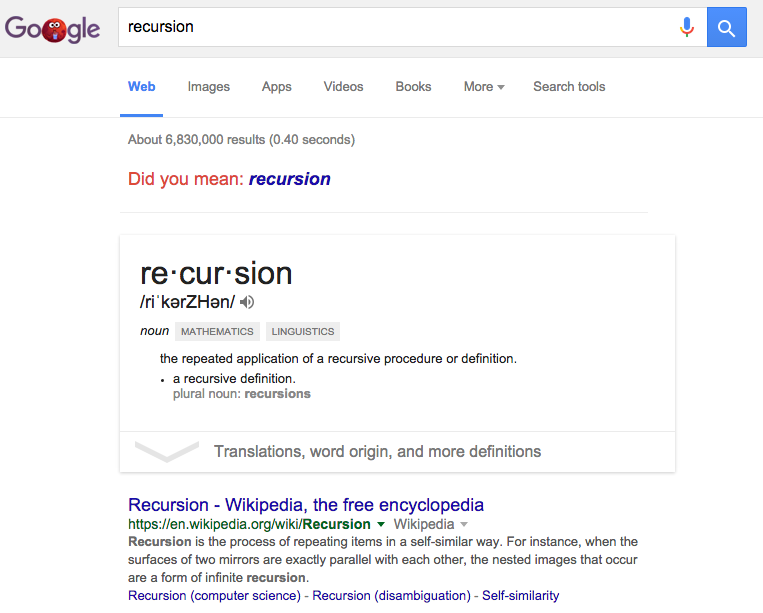Sequences and Summations
https://slides.com/georgelee/ics141-sequences-summations/live
Let's Recap
Chapter 2 So Far
- Sets
- Set operations
- Functions
Sequence
A function from a set of consecutive integers (typically the natural numbers or positive integers) to a set S. We use the notation an to denote the image of the integer n. an is also the nth term of the sequence.
Can be finite or infinite.

Sequence
A set of integers typically generated by a function. Note that sets are NOT ordered, but we typically talk about sequences being a function of an index n.
Examples of Sequences
- an = 1 / n
- an = b * rn (geometric progression)
- an = b + (n * d) (arithmetic progression)
Recurrence Relations
Recurrence Relations
A sequence defined in terms of the sequence's previous values. We can also say that a recurrence relation is recursively defined.
Recurrence relations typically have a boundary condition which establishes the initial terms of the sequence.

Examples of Recurrences
- fn = fn-1 + n where n > 0
- fn = fn - 1 + fn-2 where f1 = 1 and f2 = 1
Solutions of a Recurrence
A sequence is called a solution if the terms of the sequence satisfy the recurrence relation.
Example: {1, 1, 2, 3, 5, 8, 13, ...}
A closed formula is a solution to the relation expressed as a non-recursive function of n.
Example: f(n) = n * (n + 1) / 2
Summations / Series
Series
A sum of all of the terms in a sequence. Can be a partial sum (a sum of the first n terms). Series can also be finite or infinite.
Σni=m si denotes the sum from m to n.
Closed Formula
Just like sequences, series can have a closed formula where a solution is represented only in terms of its bounds.
In mathematical terms,
f(n) = Σni=m si
Examples of Series
- Σni=0 i = n * (n + 1) / 2
- Σ∞i=0 xi = 1/(1 - x) where | x | < 1
- Σ∞k=1 1/k (The harmonic series)
- Σ5i=1Σ5j=1 i*j
Sequences and Summations
By George Lee
Sequences and Summations
- 1,116



